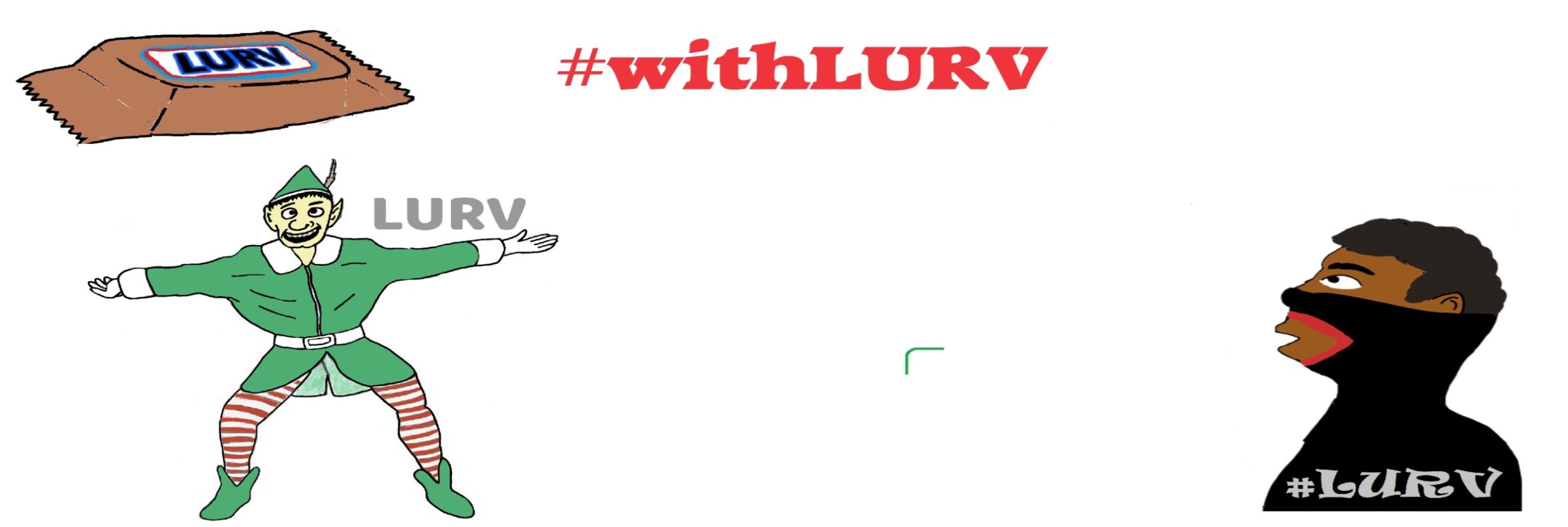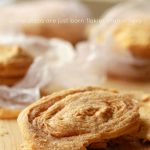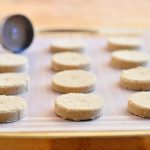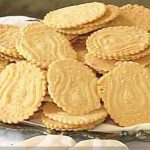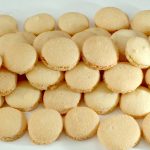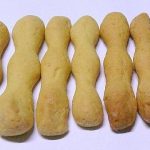Spur of the moment purchase: These cookies, or biscuits, are known
as mini palmiers. Pronounced, “PAH-mee-eh.”
The palmiers pictured are ordinary Kroger bakery products. They are juuust sweet enough. Not quite a cookie. Not quite a cracker. Not quite a biscuit. What are we dealing with here?
Coconut palmiers are probably what you’re familiar with. We see coconut palmiers a lot during Thanksgiving and Christmas seasons. These cookies are often paired with coffee, which seems like a great combination but usually isn’t. The places that box up coconut palmier have a way of feeding us cookies that crumble into sand and pebbles after a bite.
Are there any people that make fresh coconut palmiers? I bet a fresh, warm palmier will slap you in the mouth. I bet a soft palmier would change my whole opinion of palmiers.
A native Filipino in America commented that there were snacks like the palmier back in the Philippines. Only named differently. They were fresh-baked and soft and warm. Sometimes even filled with fruit or cheese. Many nations had variations on this sort.
What are mini palmier-type “biskwits” called in Tagalog? or Cebuano? What kind of cookies did Filipinos tend to make and enjoy? According to the Market Manila site, there was no corresponding doppelganger cookie to chocolate chip in there.

Polvoron [click gallery] is a shortbread made with toasted rice flour, powdered milk, sugar, and butter.
The only cookie named after a virtue, the paciencia looks like the buttons of an outrageous outfit.
I thought camachile was a curvy fruit. Turns out it is the name of a cookie with the same shape. They could also be called “baby fingers.”
That leads us to the broas, which is the same thing as a ladyfinger… which is similar to the biscocho cookie, or maybe bizcocho if you are from Mexico. Biscocho is a Spanish word which means biscuits.
Rosquillos are a bit like those cheap butter cookies at the grocery store. The kind you layer on your fingers like compact discs, before munching.
Barquillos are rolled-up cookies, somewhat like ice cream cones.
San Nicholas, or “sanikulas” cookies are said to have healing powers. Some of the Catholic Filipinos even bring these cookies to church, to get them blessed.
Pilipits are basically little doughnut twists… there are some more popular cookies over there in the P.I., but, okay…
Related: Ceb-Eng #3
“…is there a Filipino word that translates to cookie, in the same way that cakes are keyk in Filipino?” Market Manila asked.
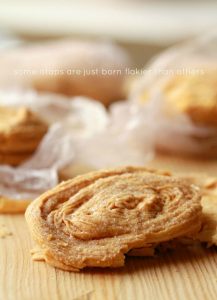 One of the commenters answered “Otap.” This food seems to be pretty close to a palmier in taste and appearance, if not shape. “Otap puff cookies.”
One of the commenters answered “Otap.” This food seems to be pretty close to a palmier in taste and appearance, if not shape. “Otap puff cookies.”
The “hojaldres” is very similar to the otap.
The otap is an oval-shaped puff pastry that is about four to six inches long and about two inches wide. The surface of the otap looks very crumpled and is sprinkled with sugar that has somewhat hardened on the otap. The crumpled look of the otap is what makes it very fragile and easily to break into bits of pieces when you bite it.
The native delicacy is especially common in the province of Cebu where it originated.
—http://www.cebu-tourism.techcellar.net/otap/
The Tagalog-English dictionary served up more words. Cookies can be called KUKIS, which just makes sense; and, GALYETAS, which clearly matches up with the Spanish “galletas.”
Tasting a palmier makes me realize that they are a cousin to croissants. The two are made of basically the same material. The difference is that the palmier has not been leavened. Croissants are then free to become sliced and stuffed with meat, egg, and cheese at a drive-thru somewhere near you.
